Sonia Sehra
Undecidability of Underfitting in Learning Algorithms
Feb 09, 2021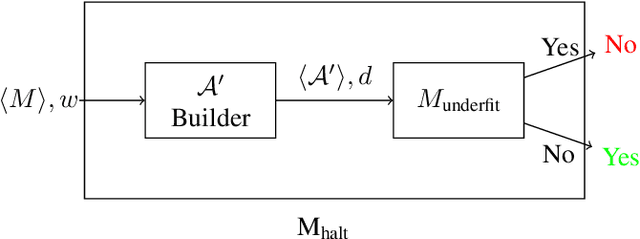
Abstract:Using recent machine learning results that present an information-theoretic perspective on underfitting and overfitting, we prove that deciding whether an encodable learning algorithm will always underfit a dataset, even if given unlimited training time, is undecidable. We discuss the importance of this result and potential topics for further research, including information-theoretic and probabilistic strategies for bounding learning algorithm fit.
An Information-Theoretic Perspective on Overfitting and Underfitting
Oct 12, 2020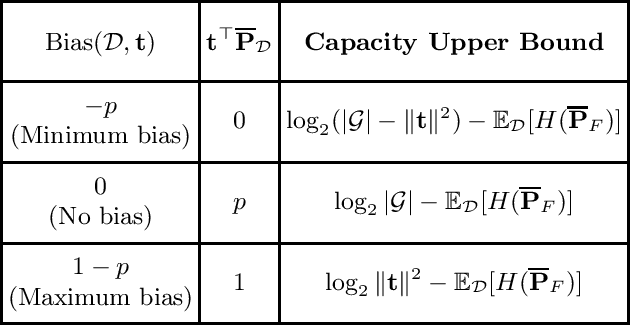
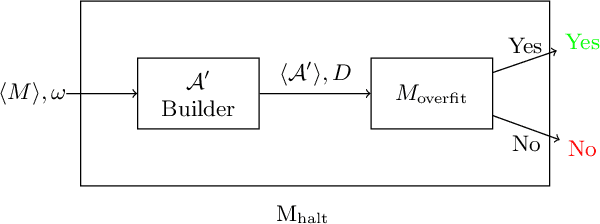
Abstract:We present an information-theoretic framework for understanding overfitting and underfitting in machine learning and prove the formal undecidability of determining whether an arbitrary classification algorithm will overfit a dataset. Measuring algorithm capacity via the information transferred from datasets to models, we consider mismatches between algorithm capacities and datasets to provide a signature for when a model can overfit or underfit a dataset. We present results upper-bounding algorithm capacity, establish its relationship to quantities in the algorithmic search framework for machine learning, and relate our work to recent information-theoretic approaches to generalization.
The Labeling Distribution Matrix : A Tool for Estimating Machine Learning Algorithm Capacity
Jan 07, 2020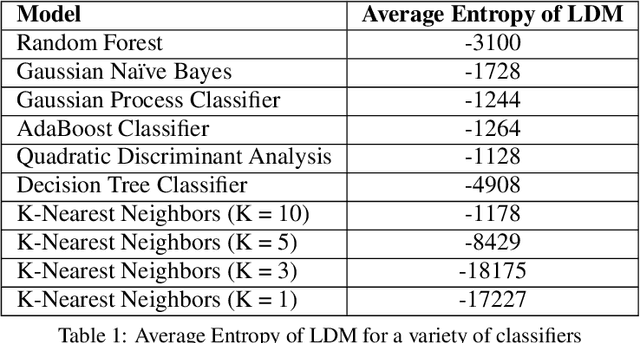
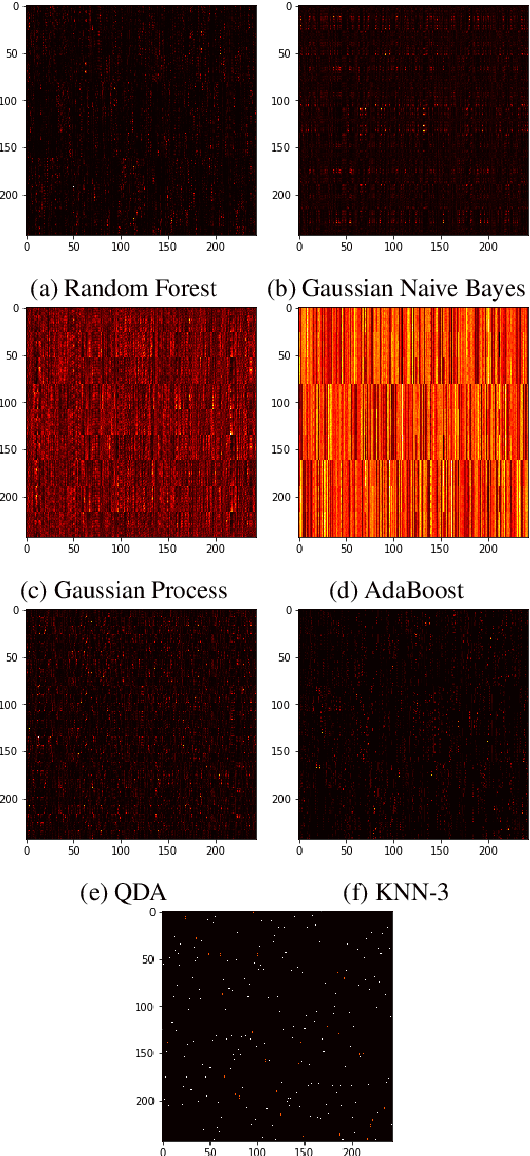
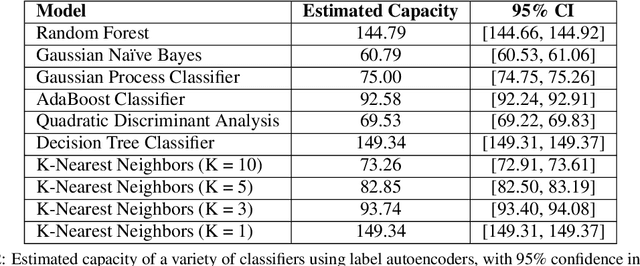
Abstract:Algorithm performance in supervised learning is a combination of memorization, generalization, and luck. By estimating how much information an algorithm can memorize from a dataset, we can set a lower bound on the amount of performance due to other factors such as generalization and luck. With this goal in mind, we introduce the Labeling Distribution Matrix (LDM) as a tool for estimating the capacity of learning algorithms. The method attempts to characterize the diversity of possible outputs by an algorithm for different training datasets, using this to measure algorithm flexibility and responsiveness to data. We test the method on several supervised learning algorithms, and find that while the results are not conclusive, the LDM does allow us to gain potentially valuable insight into the prediction behavior of algorithms. We also introduce the Label Recorder as an additional tool for estimating algorithm capacity, with more promising initial results.
 Add to Chrome
Add to Chrome Add to Firefox
Add to Firefox Add to Edge
Add to Edge